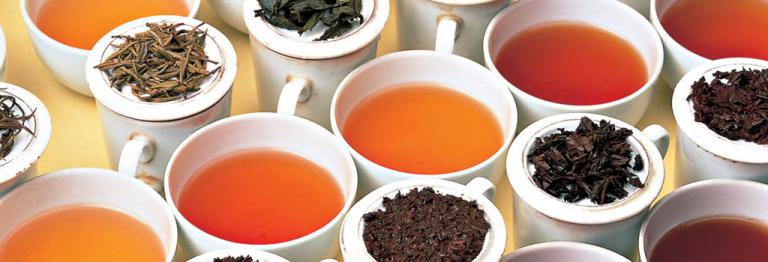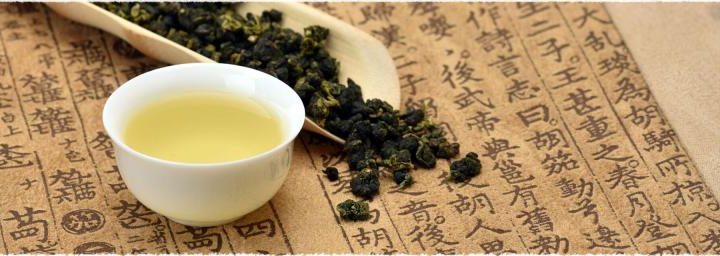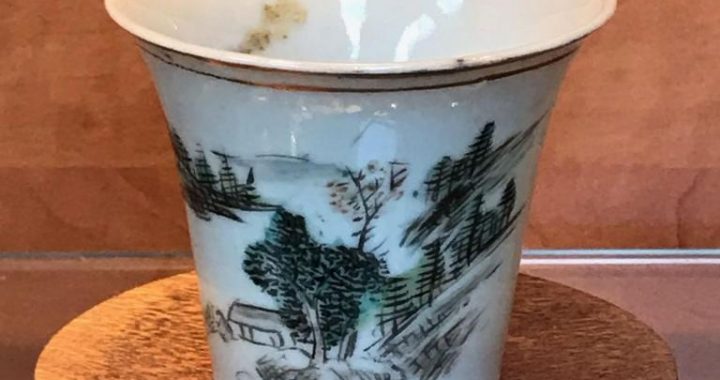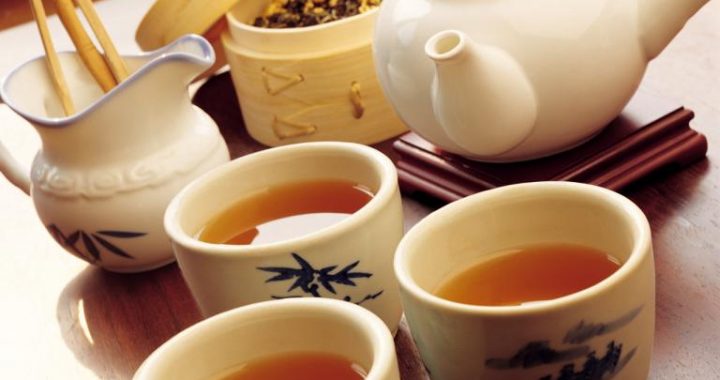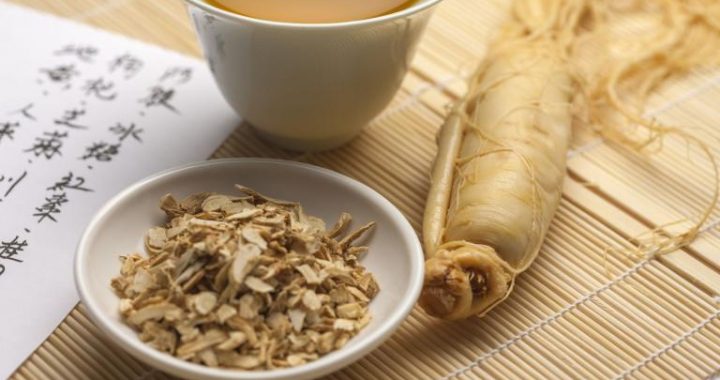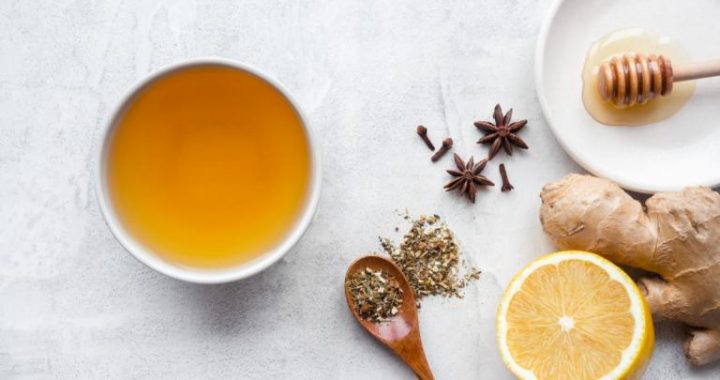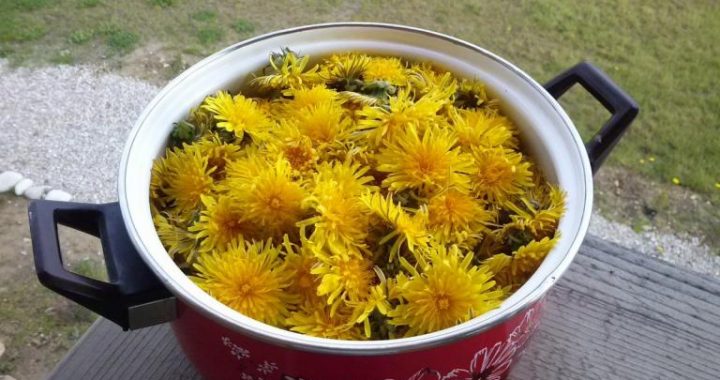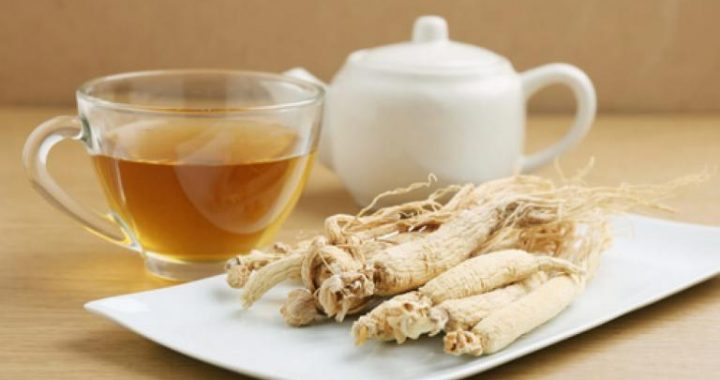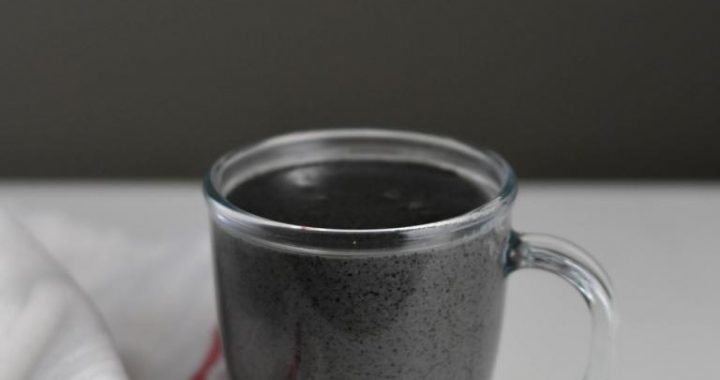Tea Drinking among China’s 55 Ethnic Groups
5 min readChina is a multinational country with numerous traditions and customs. All the people from each of the 55 ethnic groups are tea drinkers. The tea that is popular in one ethnic group usually differs from another, according to local conditions and circumstances or time of growth and preservation. Each has its own unique quality marked by the differences between the local customs, psychology and temperament of various nationalities.
The Tibetans live on the “roof of the world,”where the air is thin and the weather is cold. Vegetables do not grow well in Tibet, but here tea can be perfectly preserved. Drawing nourishment from tea, the Tibetans invented the unique buttered tea. Butter is the solid, yellow fat on the surface of boiled cow milk when it has cooled. The tea is the pressed brick tea. First, the brick tea is broken into pieces, boiled in water and then tea is made; the tea is poured into a bamboo or long, wooden, round tube. Following this, butter and salt are added into the tube. Prepared, fried, crushed walnut meat, peanuts, sesame and pine nuts, according to different individual taste, are also added. The stuffing is beatenin the tube with a special wooden pestle until the tea and the various condiments are well-mixed. This done, the buttered tea is ready. Buttered tea, salty with a slight sweetness and fragrance, is a treasure that Tibetans use to entertain guests and friends. When drinking buttered tea at a Tibetan’s home, do not drink it in one gulp.
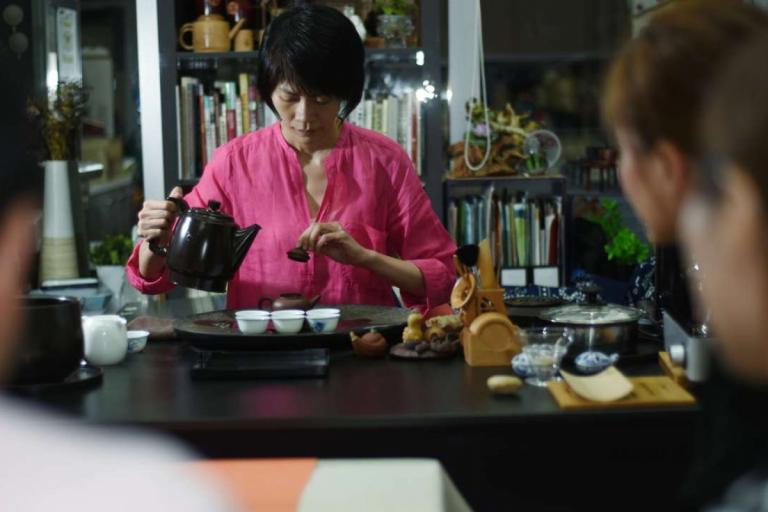
Instead, the teacup will be filled continuously as you drink. The Tibetan host will keep pouring tea with eager attentiveness, so the tea in the cup remains full.
The Inner Mongolian pasture abounds in milk products. Generation after generation, the Mongolians have been keen on drinking salty milk tea made from cooked brick tea. The first thing the industrious Mongolian housewives do after they get out of bed is making milk tea. Water is boiled in an iron pot, then broken brick tea is added, and when the tea is boiled, salt, butter,a spoonful of milk skin and a bowl of fresh milk are added in succession. Soon, the salty, fragrant flavor of the milk tea fills the yurt. This pot of milk tea is placed over a slow fire and the whole family drinksit all day. The Mongolians have three tea meals and oneregular meal. They have the regular meal in the evening after their return from the pasture. However, milk tea is always ready and absolutely indispensable.
The “three-course tea”popular among the Bai ethnic group is a manifestation of the art of serving tea, as well as a portrayal of the charm of life. First, the porcelain teapot for cooking tea is placed over the fire. As the host chats with his guests, he puts tea into the porcelain teapot while it’s getting warmed, and then shakes the teapot gently. When the tea leaves begin to turn yellow, boiling water is poured into the teapot. When a sizzling sound can be heard coming from the teapot, tea flakes emerge from the water, and the “thunder tea”is ready.
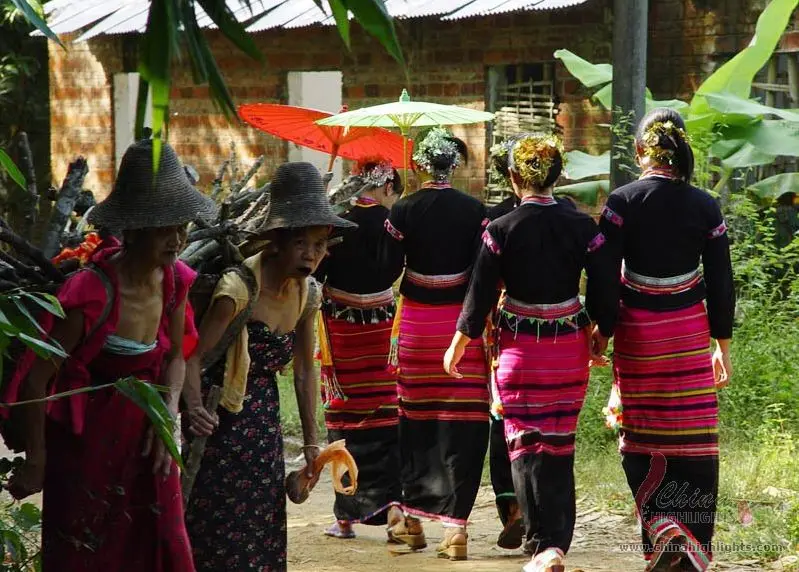
When the tea appears amber, it is ready to serve to the guest. The tea served at the first round tastes bitter, so it is called”bitter tea.”At the second round, walnut pieces, sesame and brown sugar are added, so it is called “sweet tea.”At the third round, toasted cheese and honey areadded, cinnamon bark, pop rice and Chinese prickly ash are also added, and thus it has the five flavors of sweet, sour, bitter, pungent and salty. The tea served at the third round is called “aftertaste tea.”Bitterness comesfirst, then comes sweetness and, finally, aftertaste. Thus,the people from the Bai ethnic group offer a strikingexpression of their understanding of life through tea drinking.
A teacup used by the people of the Hui ethnic group, commonly known as “Sanpaotai,”consists of three parts, the cap, the cup and the saucer. Added in the tea are white sugar, brown sugar, dates, walnut meat, dried longan pulp, sesame, raisin, and fruit of Chinese wolfberry, all of which benefit the mind and health.
When drinking tea, people from the Hui ethnic group do not lift up the cap of the teacup. They must scrape off the tea leaves with the cap before drinking. The more the leaves are scraped by the cap, the better the tea will be. People from the Hui ethnic group are extremely fond of “Sanpaotai.”Gifts exchanged at young couple’s engagement ceremonies are all related to tea. So the term engagement is also called”Dingcha”(“tea engagement”).
Oil tea of the Dong ethnic group is made by stirfrying and cooking tea leaves and rice. When eating oil tea, people of the Dong ethnic group add popped rice, soybean, peanuts, pig liver, and stuffed dumplings made of sticky rice flour. Bamboo-tube fragrant tea of the Dai ethnic group is made by putting the tea leaves into tender bamboo tubes and roasting them. When the bamboo tube turns to yellow from green, the bamboo tube is split andthe toasted tea leaves are ready for making tea. The Lei tea popular in the Tujia ethnic group is made by grinding and cooking the newly picked tea leaves, ginger and husked rice together. The sweet tea of the Zhuang ethnic group is made by cooking the leaves of wild shrubs.
When a young man from the Zhuang ethnic group pays a visit to seek a marriage union, the girl offers sweet tea.
If the tea contains sugar, it implies that the girl has fallen in love with the young man in her heart. In addition, the Uygurs drink milk skin tea, the people from the Korean ethnic group drink ginseng tea, the Hanis drink iron-pot tea, the Naxis drink salt tea, the Buyei ethnic people drink green tea, the Gaoshan ethnic people drink mandarin orange tea, the Jingpo ethnic people drink pickled tea,
and the Dulong ethnic people drink stewed tea… The different tea flavors, the tea fragrances, the art of serving tea and the tea ceremonies of all nationalities in Chinawith life in the yurts, on the flatlands in southwest China, in the mountain villages and the two-storey, bamboo-stilt houses-await your presence.
